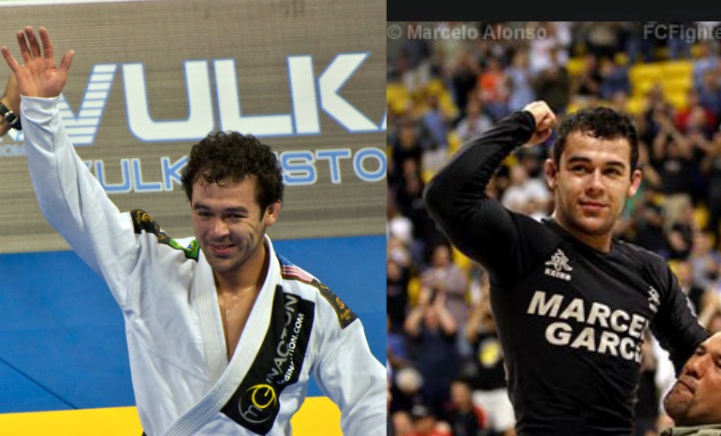For the last decade a debate has raged over the merits of training with and without the standard uniform or “gi” in jiu jitsu.
Two polarized camps have emerged. Traditionalists claim that gi training results in greater technical advances for students over no gi training, whilst the advocates of strictly no gi training claim this is merely dogma based upon bias stemming from tradition, culture and fallicies. The debate has numerous claims and counter claims mostly revolving around the fact that most of the eminent champions in the sport come from a background of gi training and whether this constitutes evidence for the superiority of gi training over no gi or not.
An interesting point that appears to have been largely overlooked in this debate is that the original people who introduced the gi, the Japanese, did so for reasons that have nothing to do with technical development. Kano appears to have adopted the gi for training as it was commonly used in the various jiu jitsu schools of his time. The understanding appears to have been that it did a good job of mimicking the standard clothes worn at that time in Japan – thus combat realism appears to have been the original motivation for adopting the gi, rather than technical development of students. Indeed, the early gi’s worn by the jiu jitsu masters of Kano’s time did not even have a standard pattern, but rather varied widely in design and cut. Only when the Kodokan instituted uniform standards did the common pattern emerge.
Marcelo Garcia, a legend in both the IBJJF World Championships and ADCC, is a testament to the mastery of Brazilian Jiu-Jitsu across both Gi and No-Gi formats. Garcia’s profound understanding of the sport stems not just from his victories but from his philosophy regarding the interchangeable benefits of training in both Gi and No-Gi. In a recent discussion, Garcia shed light on why he believes training in both styles is crucial for a well-rounded BJJ game.
The Interplay of Gi and No-Gi: A Marcelo Garcia Perspective
Garcia, known for his dynamic style and technical prowess, articulates:
“You think that the future of the sport is going to be mostly No-Gi? Uh, could be, right? It’s hard to just know the future, but could be. But I, I gotta say something, I have to defend a very strong belief of mine. I have to defend because I already know a lot of people are already against that. I like to trust that Gi helps No-Gi and No-Gi helps Gi. I like to trust that because that’s something that I, I have proved for myself, that’s what makes my Jiu-Jitsu better, my, my style. Like, uh, when I, when I do No-Gi, right, I try to hold my, my opponent so hard, like if I have a Gi.
When I’m doing No-Gi, I, I, I’m able to find a position that I’m, I’m grabbing. Obviously, there’s no Gi there, but when I make the grips, when I, when I find the angles, I feel like I have a Gi. And then the other way around, when I’m doing Gi, and me and my opponents, like, our forearms are already like a SOA [sic] dig and tired, there’s no more like hold because you’re already like a guess out [sic] your muscle, you being in a bad position, you hold one position a little longer, and you fatigue like that part of your body. So now there’s no more hold, there’s no more strong grip, but then you keep a strong pace.
They can slide out of position, you can kind of like a dive into a position, and I feel that’s kind of like No-Gi.”
Marcelo Garcia highlights his belief in the symbiotic relationship between Gi and No-Gi training. He stresses that skills developed in one style are beneficial in the other and vice versa, shaping his overall Jiu-Jitsu approach and effectiveness.

















